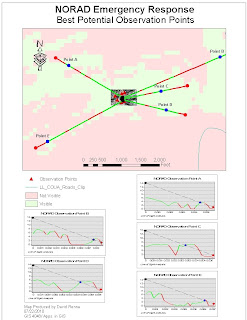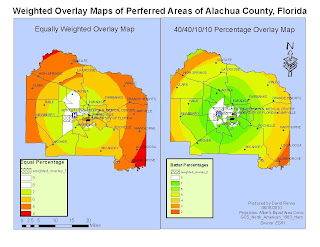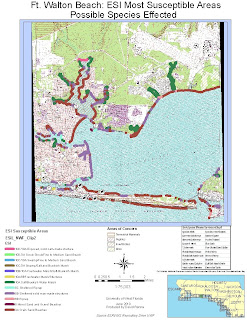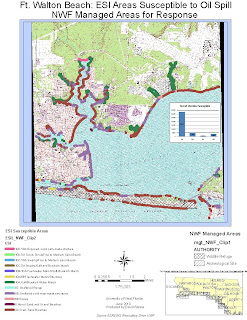GIS plays a vital role in disaster response. It can be used to assist in the efforts of first responders, Environmental and Federal Agencies, National Wildlife and Fishing Agencies, and in the efforts of local business to be prepared for natural disasters.
With respect to the Deepwater Horizon Oil Spill, GIS has been used by first responders to track the extent of the oil and its movement. GIS has played a key role in the efforts of first responders. It has done a great job in showing areas of concern for people on ground zero. Maps have been made to show the flow of the oil with respect to landfall.
Environmental and Federal Agencies have used GIS to produce ESI index maps of the various species and conservation areas that are going to be effected by the oil spill. National Fishing Agencies have used GIS to map out the oil spill in order to close boundaries for fishing both in offshore and inland waters.
Finally, local governments and businesses are using GIS to access the economic impact that this catastrophe is having on the region. GIS might not be the cure for a natural disaster like the Deepwater Horizon Oil Spill, but it sure has played a vital role in the initial efforts in the area to make decisions based on the latest data available.



















